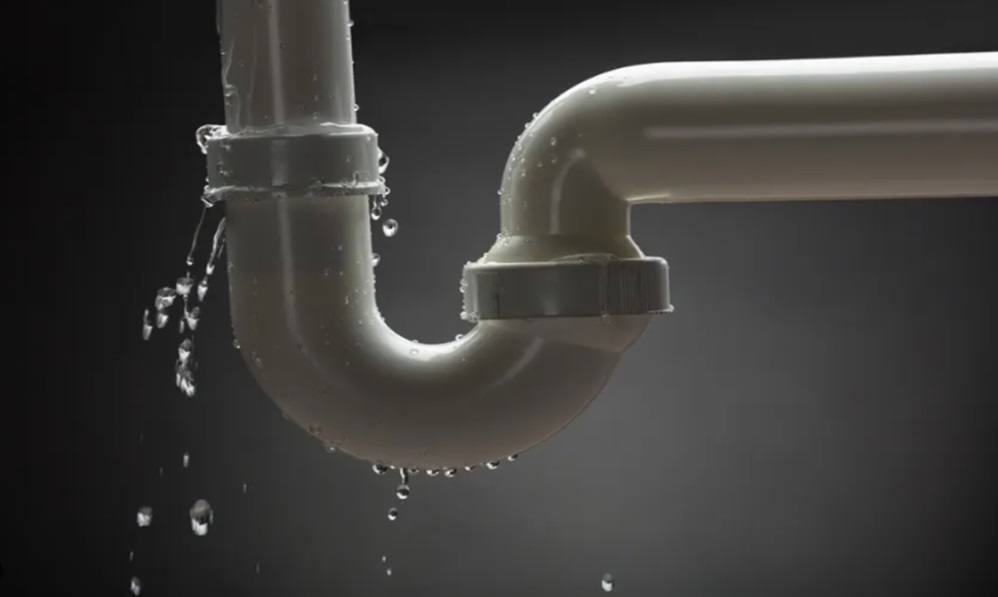Use technology to plan your project
Landscape and architectural planning are no longer done on paper and pen. Today, the most prominent landscaping companies use artists and technology to complete their projects. You should do the same when creating your landscape design. Open-source landscape software makes it easy to plan a drought-tolerant landscape, allowing you to see the real-time effects of changes on the environment. This approach can save you a lot of time and effort, enabling you to grasp the potential of a space in a single glance.
Elevation is a powerful tool in landscaping
The use of elevation is a great strategy for landscaping in dry areas. This simple tactic will save you time and water. Take note of where rain will fall and ensure that water has a designated path. In a dry landscape, water pooling or stagnation is not tolerated. Directing water to the most crucial parts of your landscape will be more beneficial in preserving what you have.
Plant hardy companions
Landscapes are incomplete without plants. An arid climate doesn’t limit your options; many drought-tolerant plants can thrive in dry or desert environments, including cacti and flowers that have stood the test of time. Choosing hardy plants that don’t require excessive water is preferable. You’ll discover that drought-resistant plants thrive in these conditions, even with minimal water, and can bring the beauty of nature into your garden.
This post was written by a professional at https://radiantldb.com/. Radiant LDB proudly provides landscaping services, including landscape design and installation services, for folks throughout Northern Colorado. We are a family-owned and operated company based in Fort Collins, and we’re dedicated to creating picturesque landscapes for our neighbors throughout the region.



